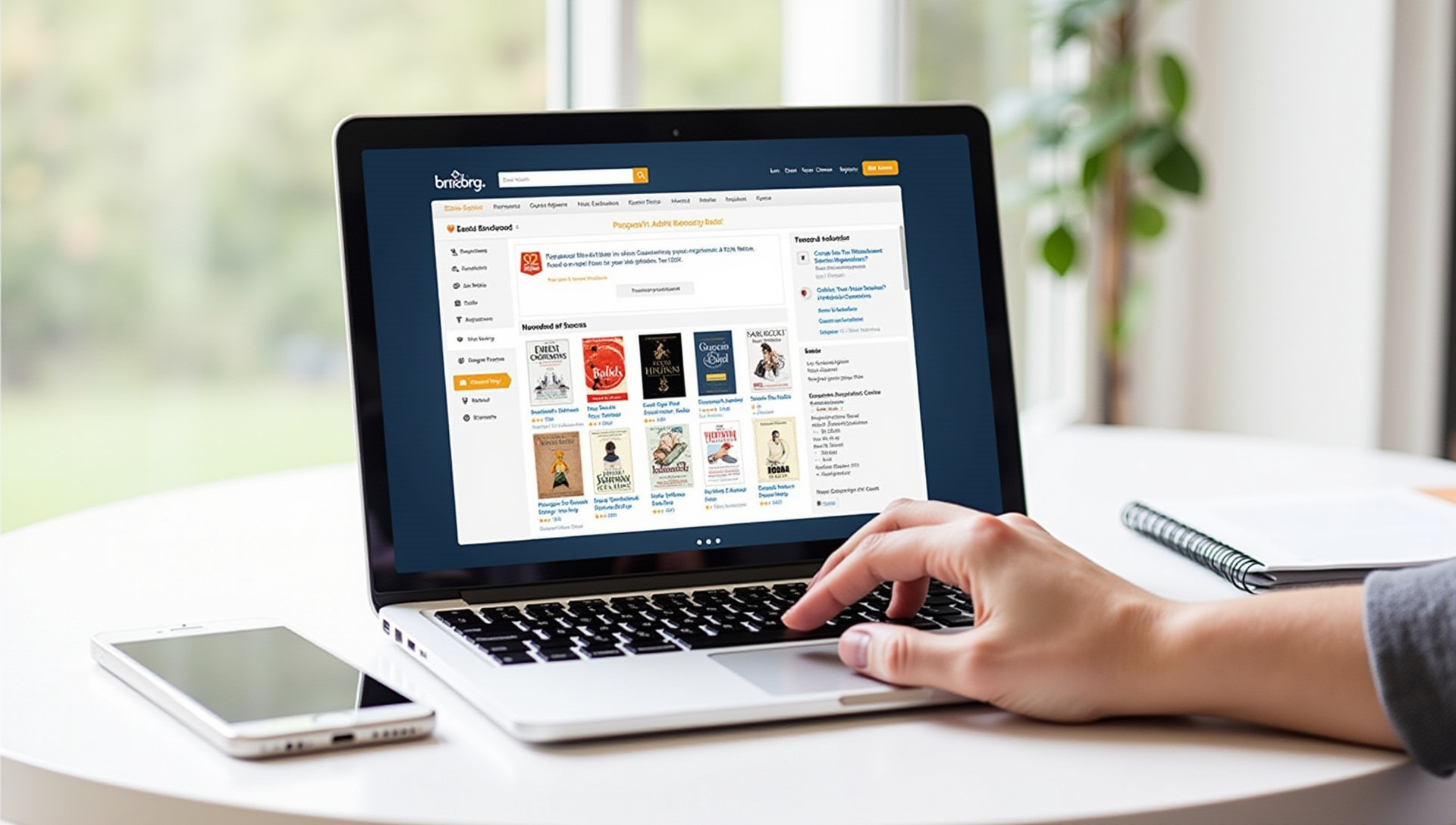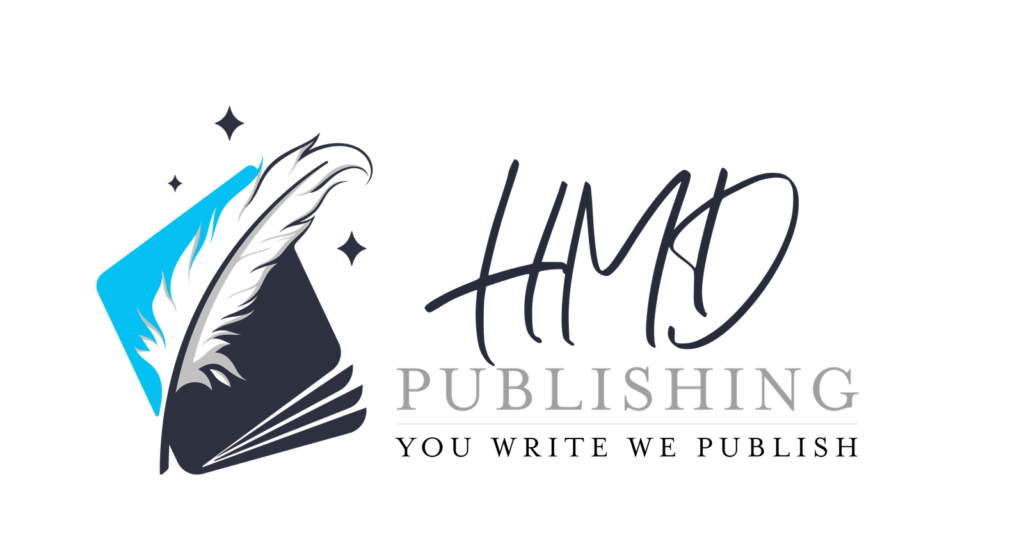The dynamic landscape of kindle publishing continues to offer unprecedented opportunities for writers seeking to share their work and generate income in 2025. With the right self-publishing strategies and a comprehensive KDP guide, your journey from manuscript to bestseller can be both rewarding and accessible for indie author publishing success.
The Digital Gold Rush: Why KDP Remains a Top Choice for Indie Authors in 2025
Amazon’s Kindle Direct Publishing platform maintains its dominant position with approximately 70% of the global ebook market share in 2025. This digital publishing powerhouse continues to attract indie authors with its accessible entry point and potential for substantial income.
Success stories abound of self-published authors earning six-figure incomes through strategic KDP publishing. The platform’s enhanced features in 2025 include AI-assisted editing tools, automated marketing suggestions, and improved royalty tracking dashboards.
KDP’s streamlined publishing process allows authors to bypass traditional gatekeepers and connect directly with readers. The platform’s algorithms have evolved to better match reader preferences with relevant titles, increasing discovery opportunities for new authors.
Navigating KDP’s Account Infrastructure: Setup and Verification
Setting up your KDP account requires careful attention to the updated 2025 tax requirements and enhanced verification protocols. Begin by visiting kdp.amazon.com and clicking “Sign up,” using your existing Amazon account credentials or creating a new account specifically for publishing.
The verification process now includes two-factor authentication and identity confirmation to reduce fraud in the marketplace. International authors should note that KDP has expanded its direct deposit options to over 60 countries, simplifying royalty payments.
The redesigned KDP dashboard introduced in late 2024 provides intuitive navigation between your bookshelf, reports, and marketing tools. Take time to explore the help resources and community forums accessible directly from your dashboard for step-by-step guidance.

Manuscript Mastery: Formatting Your Book to Kindle’s 2025 Standards
In 2025, EPUB is the preferred format for Kindle formatting, with MOBI having been fully deprecated since 2023. Clean, properly structured documents ensure your book displays correctly across all Kindle devices and apps.
Amazon’s free Kindle Create tool offers a straightforward option for formatting, though professional publishers often prefer third-party tools like Vellum, Atticus, or Reedsy. These premium options provide advanced design capabilities for enhanced reader experience.
All new Kindle books must meet accessibility requirements including proper heading structure, alt text for images, and navigation markers. These elements not only make your book accessible to readers with disabilities but also improve the overall reading experience for everyone.
For enhanced content features such as embedded video clips or interactive elements, follow Amazon’s technical guidelines precisely. These features can distinguish your book in the marketplace but require careful implementation to function across all devices.
Cover Design That Converts: Visual Strategies for the 2025 Marketplace
Your book cover serves as the most critical marketing asset in the crowded Kindle marketplace. Current KDP cover dimensions require a minimum of 2560 x 1600 pixels with a recommended resolution of 300 DPI for optimal display quality.
Effective book cover design in 2025 follows genre conventions while adding unique elements that help your title stand out. Mystery covers often feature dark color palettes with high contrast elements, while romance covers typically showcase character-focused imagery with genre-specific visual cues.
DIY designers can leverage tools like Canva Pro, Adobe Express, or BookBrush to create professional-looking covers. These platforms offer templates specifically sized for Kindle books and genre-specific design elements.
Professional cover design typically costs between $150-$800 depending on designer experience and services included. The return on investment for professional covers can be substantial, with many authors reporting sales increases of 30-50% after upgrading their cover design.

Pricing Psychology and Royalty Optimization in Today’s Market
Understanding Amazon’s KDP royalty structure is essential for maximizing your publishing revenue. The 35% royalty tier applies to books priced below $2.99 or above $9.99, while the coveted 70% royalty applies to books priced within that range in most territories.
Data analysis across genres indicates that the price sweet spot for fiction typically falls between $3.99 and $5.99, while non-fiction and specialized educational content can command higher price points between $6.99 and $9.99. Your specific genre and book length should inform your pricing strategy.
KDP Select enrollment grants access to promotional tools like Free Book Promotions and Countdown Deals in exchange for 90-day digital exclusivity. The program also enables participation in Kindle Unlimited, which can dramatically increase reader exposure for new authors.
Strategic price pulsing—temporarily lowering your book price during promotional periods—can boost visibility, trigger Amazon’s recommendation algorithms, and increase your overall revenue. Plan these price adjustments to coincide with your marketing efforts for maximum impact.
Kindle Unlimited Strategy: Maximizing Page Reads in 2025
Kindle Unlimited pays authors based on pages read, with rates averaging $0.004-$0.005 per page in 2025. This subscription model has become increasingly important for author income, often accounting for 50-80% of earnings for fiction authors.
Genres performing best in KU include romance, thriller/mystery, science fiction, and fantasy. These categories have dedicated subscription readers who consume multiple books monthly and favor series over standalone titles.
Creating a series strategy is crucial for KU success, as each book can lead readers to your entire catalog. Maintain consistent publication schedules (ideally 30-90 days between releases) and include clear series branding to maximize read-through rates.
Avoid common pitfalls that trigger algorithm penalties, such as stuffing irrelevant content, using misleading categories, or encouraging artificial page reads. These practices can result in account suspension and royalty withholding.

The Launch Sequence: Marketing Your Kindle Book for Maximum Impact
A strategic book launch begins 90 days before publication with building anticipation and collecting advance reviews. Create a detailed timeline covering pre-orders, email sequences, social media announcements, and promotional site bookings.
Amazon Advertising has become essential for visibility, with 2025 bidding strategies focusing on tight keyword targeting and genre-specific campaigns. Allocate a minimum launch budget of $100-300 for initial testing, then scale successful ads based on your KENP read-through and conversion data.
Your launch-day email sequence should include multiple touchpoints:
- Morning announcement with direct purchase link
- Midday follow-up with social proof (early reviews/feedback)
- Evening reminder with additional incentive (bonus content, companion guides)
BookBub remains the premier promotion site in 2025, though acceptance is competitive with less than 20% of submissions receiving featured deals. Alternative promotion sites like Freebooksy, Bargain Booksy, and Robin Reads offer more accessible options with ROI ranging from 200-500% for well-targeted promotions.
Beyond the Basics: Advanced KDP Optimization Techniques
Effective keyword research requires analyzing both search volume and competition. Tools like Publisher Rocket provide data-driven insights, while ASIN analysis of successful titles in your niche reveals valuable keyword patterns.
Strategic category selection involves identifying niches with adequate search volume but manageable competition. Aim for categories where you can realistically rank in the top 100 with your expected sales velocity, while ensuring relevance to your actual content.
A/B testing book descriptions can increase conversion rates by 15-30% when done systematically. Focus on testing one element at a time (headline, first paragraph, formatting) and allow each version to run for at least 7 days to gather sufficient data.
Stay informed about Amazon’s algorithm updates, which in 2024-2025 have increasingly favored reader engagement metrics over pure sales volume. Books with higher completion rates and positive review sentiment receive preferential placement in recommendation feeds.
From Kindle to Print: Expanding Your Empire with KDP Paperbacks
KDP Print offers on-demand paperback production with no upfront costs, making physical books accessible to indie authors. Profitable pricing requires careful calculation of printing costs, which vary based on page count, trim size, and interior color options.
Interior formatting for print differs significantly from ebooks, requiring proper pagination, margin settings, and bleed considerations. Dedicated formatting tools like Atticus and Vellum have streamlined the print preparation process with built-in templates that meet KDP’s specifications.
Beyond Amazon, expanded distribution makes your paperback available to bookstores, libraries, and academic institutions. While this option increases visibility, it requires setting higher retail prices to accommodate the additional distribution discount (typically 40-55%).
KDP’s hardcover option provides a premium product offering for your readers, especially valuable for non-fiction and gift-worthy books. Though production costs are higher, the perceived value allows for premium pricing, often 30-50% above paperback prices.
The Audiobook Advantage: Integrating ACX with Your Kindle Strategy
ACX (Audiobook Creation Exchange) connects authors with narrators and distributes finished audiobooks to Audible, Amazon, and iTunes. The current royalty structure offers 40% for exclusive distribution and 25% for non-exclusive, making this decision an important strategic choice.
Professional narration costs typically range from $150-$400 per finished hour (PFH), with a 300-page book averaging 10-12 finished hours. DIY narration has become more viable with improved home recording equipment and ACX’s direct upload option.
Creating marketing synergy between formats increases overall discoverability and sales. Kindle ebooks can promote audio versions through strategic in-book mentions, while audiobook listeners often become paperback purchasers for gift-giving or collection purposes.
Future-Proofing Your Kindle Publishing Business
Building direct relationships with readers through email marketing and social engagement creates resilience against platform changes. Aim to convert at least 5% of your Amazon readers to direct subscribers through strategic in-book incentives and landing page offers.
Diversification across multiple platforms (Barnes & Noble, Apple Books, Kobo) provides stability and expands your potential audience. While maintaining KDP as your primary platform, strategic use of wide distribution for selected titles or after KDP Select terms can maximize lifetime revenue.
Protecting your intellectual property requires vigilance in the age of AI-generated content. Register copyrights for valuable titles, monitor for unauthorized use, and consider trademark protection for series names or distinctive branding elements.
Key Takeaways
Success in Kindle publishing requires mastering both technical elements and marketing strategies. Focus on professional presentation, strategic pricing, and building a loyal readership through consistent quality.
The most successful indie authors treat publishing as a business, reinvesting profits into improved production quality and expanded marketing. With dedication to craft and strategic implementation, KDP offers unprecedented opportunities for writers to build sustainable careers.
Remember that the publishing landscape continues to evolve, making adaptability and ongoing education essential components of long-term success. Stay connected with author communities and industry news sources to remain at the forefront of digital publishing trends.




